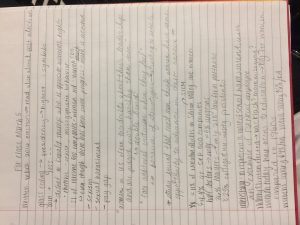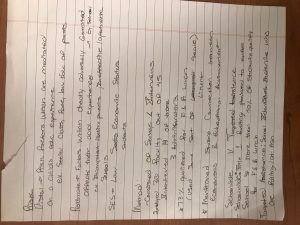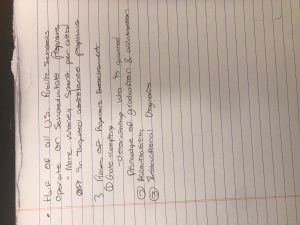I am planning on meeting with Dr. Archer tomorrow afternoon, so I will have more information after that conversation.
I did, however, have a great conversation with Dr. Bezio right before Spring Break. We discussed the possible methods for my research, and one suggestion that I was offered was to look for milestones in democracy. We talked about how I should take a theoretical approach, which I define as being able to use statistics to say things about the theories that I am looking at. These theories will surround democracy and populism, and answer questions like “how are we behaving?” “how are our behaviors reflected on twitter?” “what does this all mean?”, etc. Dr. Bezio also gave me the contact information of a past student who I plan to reach out to in order to gain some insight into her research project, which included an analysis of Trump’s tweets during the 2016 election cycle.
Dr. Bezio also gave me a couple of sources that I looked at over the weekend. One of these sources was a Washington Post Article about how “internet culture” is actually a product of American culture. America, more than other country, utilizes the internet for its “froth and fluff”. Buzzfeed is filled with articles that are light and not necessarily relevant or informative. Other countries, such as France, utilize these sites to learn about politics or regional news. It is interesting to see how America versus France values the internet. The social media phenomena is not exclusive to the United States, but it is important to discuss the fact that internet culture means something completely different to Americans. This idea is something that i plan to address more in my research and I will define internet culture in the U.S. in terms of democracy.




